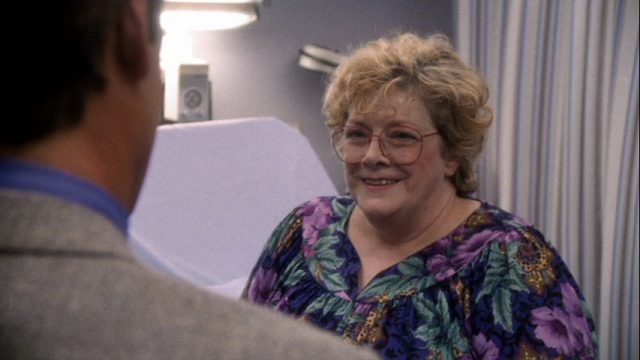Rosemary Clooney, like so many others, grew up dreaming about the movies. According to her brother, Nick, she would climb up into the balcony of her local movie theatre and watch movies with her best friend. The dream came true for Rosemary, who even managed to have a fancy premiere of one of her movies—her feature debut, The Stars Are Singing—in her hometown of Maysville, Kentucky. All the glitz and glamour Maysville could provide. And Rosemary, with great joy, watched the movie the way she always did; she climbed into the balcony of the theatre to watch the movie with her best friend. And Maysville’s theatre was now integrated, because when Rosemary Clooney is in the press in the balcony with her black best friend, you kind of can’t keep the theatre segregated. I mean, you can overlook it when it’s kids, but . . . .
When the Clooney parents split up, Nick went to California with their mother, and Rosemary and their sister Betty stayed in Kentucky with their father. In 1945, the sisters won a spot as radio performers in Cincinnati, and Rosemary’s career took off. She was signed by Columbia Records, and within a few years, she had a major hit in “Come On-a My House,” a song she apparently loathed. But she had any number of successful songs other than that, which launched an acting career as well.
She only did a handful of movies, but one of them was a holiday classic. She is the sister who is wooed and won by Bing Crosby in White Christmas, and if she had never done anything other than that, she’d still be remembered today. Honestly, it’s one of only two of her movies I’ve seen, and I’m not enormously fond of it or Radioland Murders, the other one. It seems as though her other movies were standard light and forgettable fare; she did a movie with Bob Hope. But you know, she’s not the only singing starlet of the ’50s with that career trajectory.
Her TV history was considerably more varied. Oh, yes, a lot of “as herself,” I grant you. She even had her own show for a while, starting as the syndicated Rosemary Clooney Show and then moving to NBC, where it became The Lux Show. She did The Edsel Show with Bing Crosby; really, quite a lot of her career reads like a ’50s time capsule. But she also did some actual TV acting, and of course her voice continues to appear on TV shows even now. And not always just when they’re trying to evoke an era; the only CD of mine with her singing on it is the Crossing Jordan soundtrack.
As it happens, though, the place I think of her first is from the TV performance that got her an Emmy nomination, a performance that ties in to her family. (As does Crossing Jordan, as her son Miguel played a major character on it.) In two 1995 episodes of ER, she played a singer with Alzheimer’s who is only recognized when someone—a patient, as I recall—knows her voice. She wouldn’t have been treated by Dr. Ross, who was a pediatrician, but it still was a nice crossover with her nephew George—who didn’t attend her third wedding because he didn’t want the press to focus on him instead of her. Which seems nice to me, and not so much conceited as “aware of Hollywood’s long-term memory problems.”
Sponsor me the way Lux sponsored her; consider supporting my Patreon or Ko-fi!

